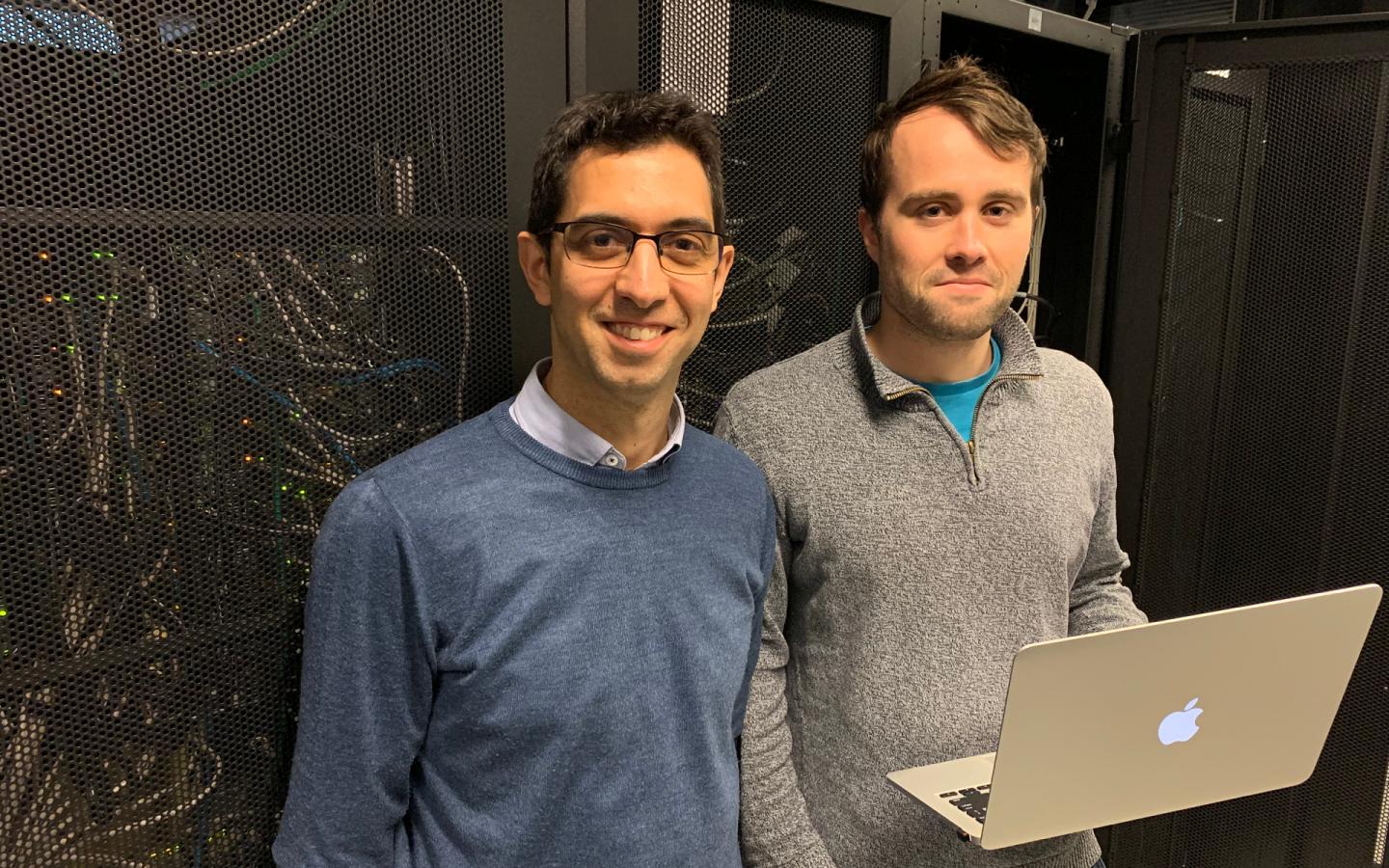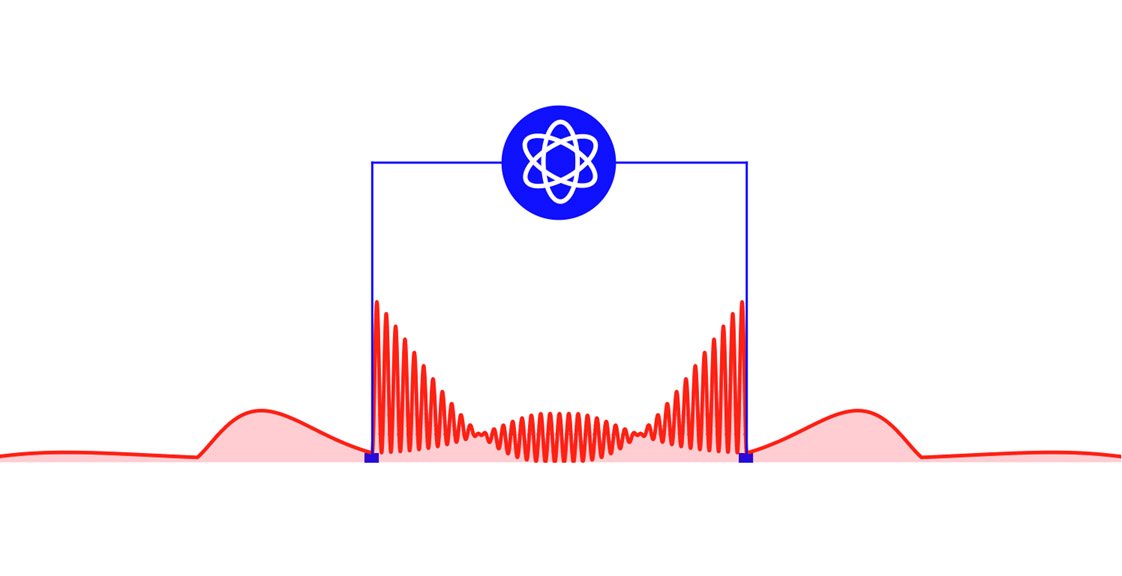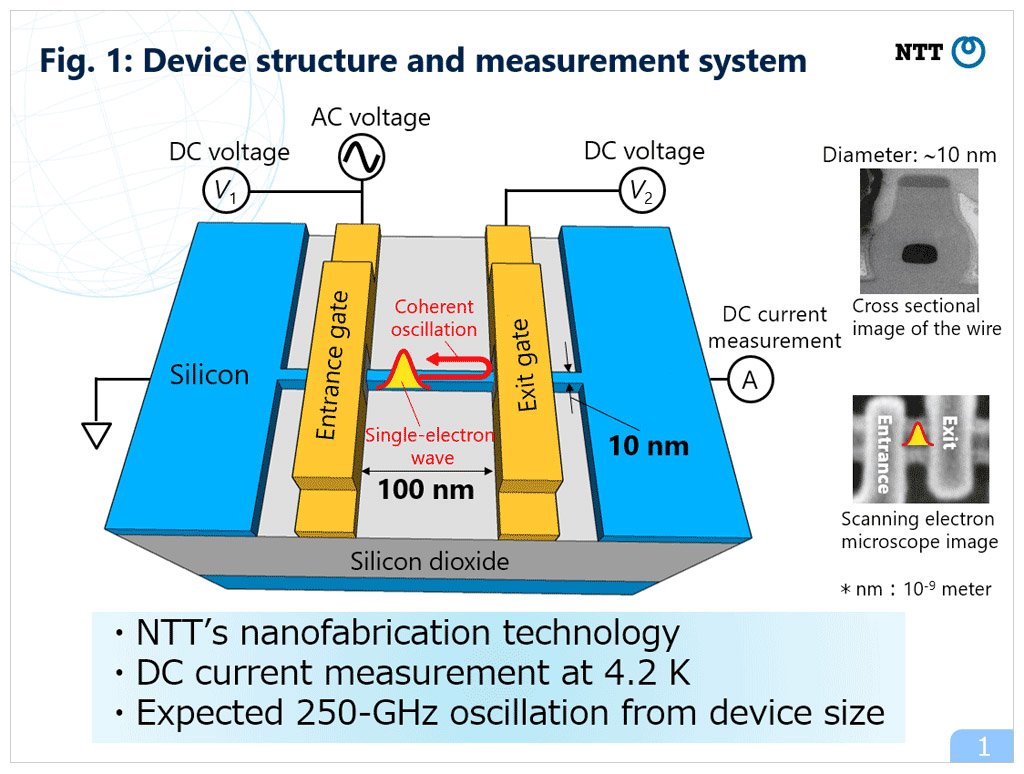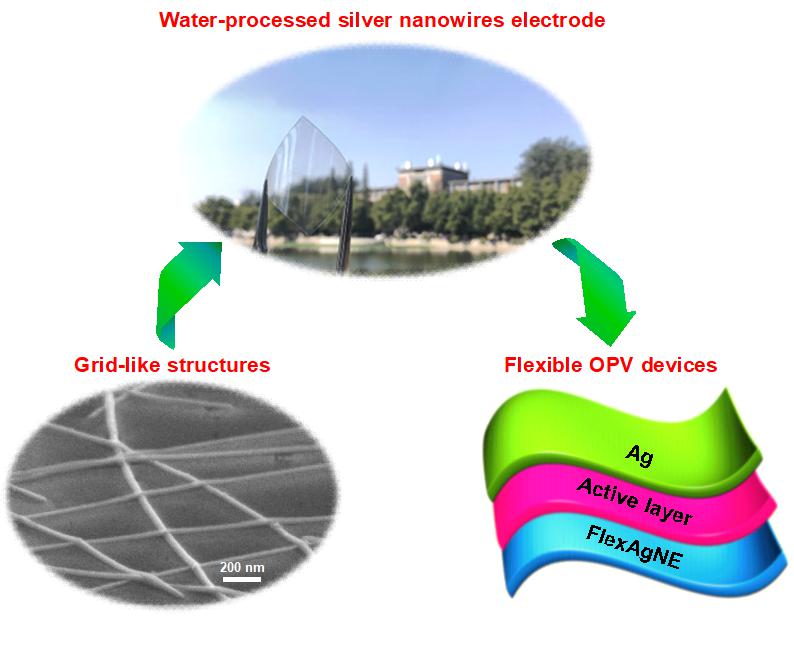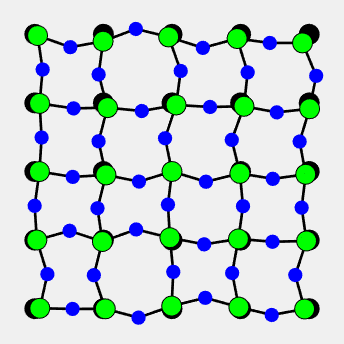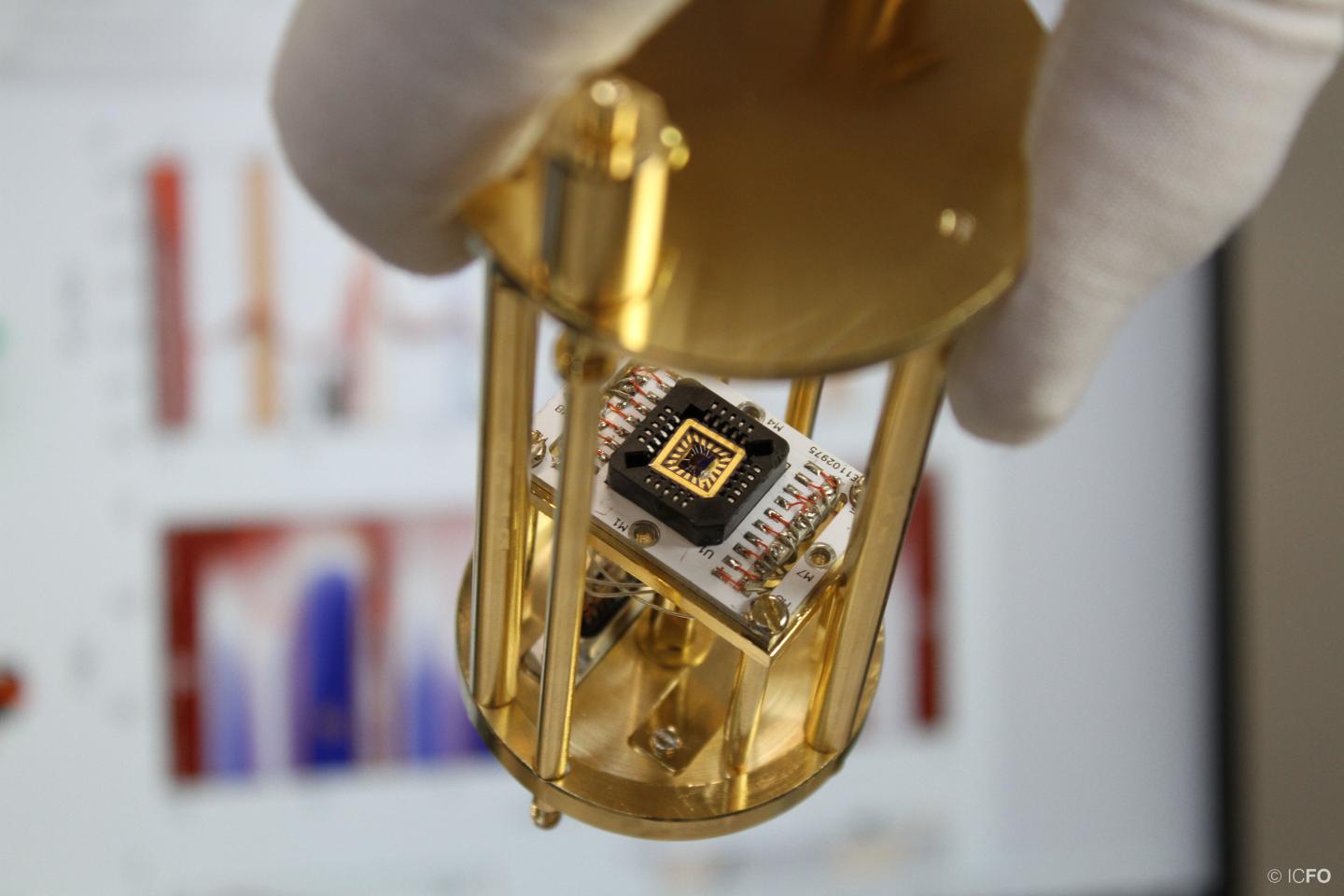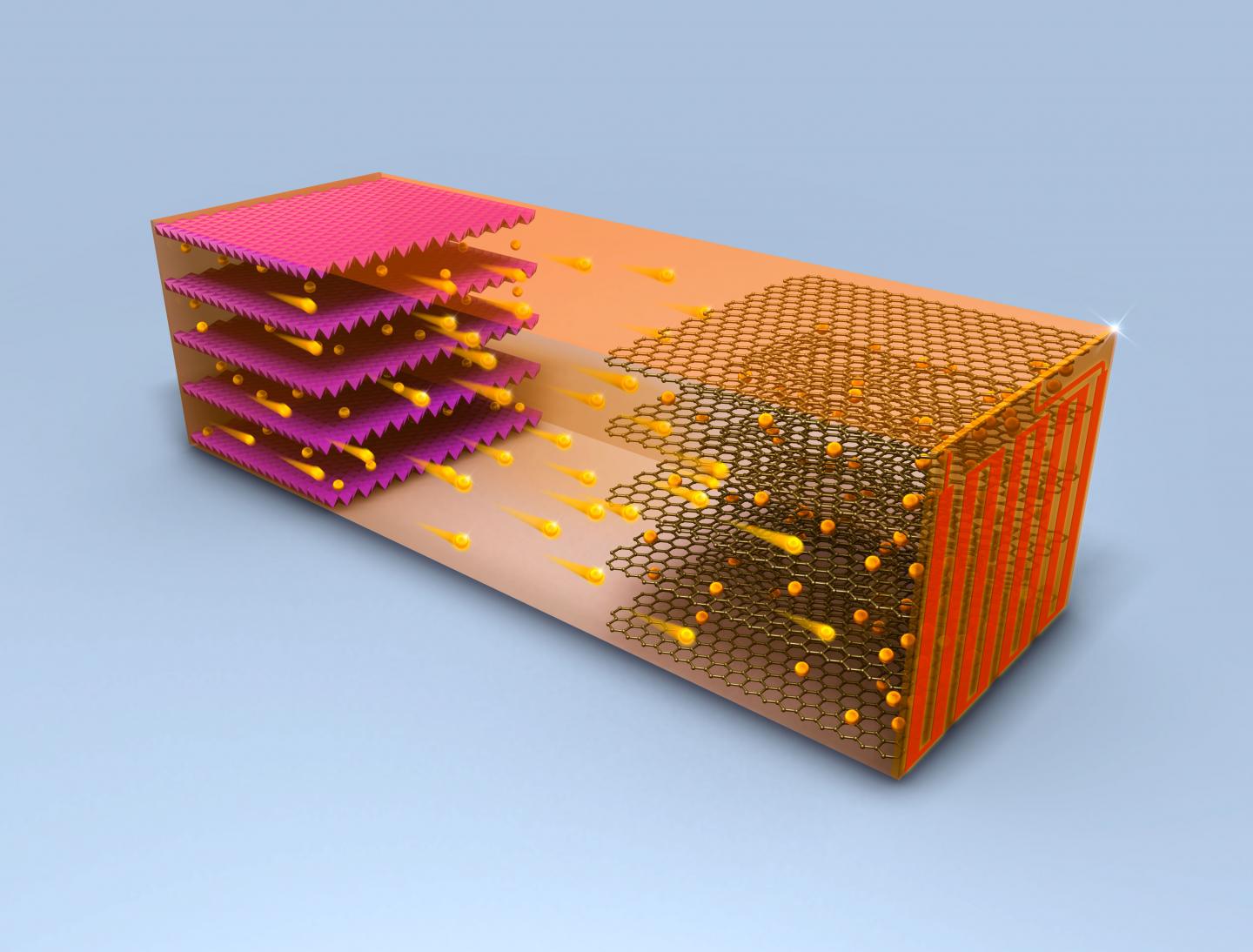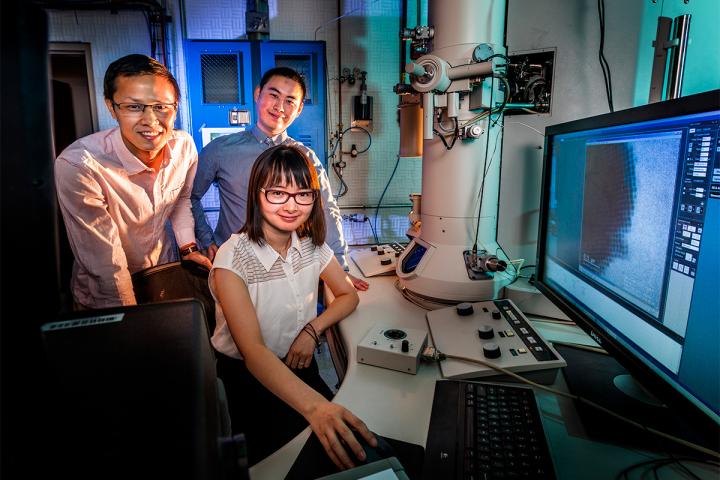Laser pulses create topological state in graphene
Discovering ways to control the topological aspects of quantum materials is an important research frontier because it can lead to desirable electrical and spin transport properties for future device technologies. Now MPSD scientists have discovered a pioneering laser-driven approach to generate a topological state in graphene. Their work has just been published in Nature Physics. In topological … Read more

